A Road Less Traveled
Harrison Street’s Chris Merrill champions new niches.
Harrison Street’s Chris Merrill Champions New Niches
By Paul Rosta, Senior Editor
One day almost a decade ago, Christopher Merrill and Christopher Galvin were brainstorming ideas for a new venture when the conversation turned to the subject of risk. Galvin, a former Motorola Corp. chairman and a Merrill mentor, presented a seeming paradox. Launching a new enterprise in uncharted territory can actually be less risky than taking a well-worn path. Entering a new field, Galvin argued, can mean less initial competition and the chance for a head start over competitors.
Since Harrison Street’s debut in late 2005, the firm has parlayed that willingness to follow a less-traveled road into an eclectic $5 billion portfolio encompassing 40 states. Harrison Street was among the first investors to grasp the potential of several product categories that now rank among the most sought after in real estate: student housing, senior living, self-storage and medical office. At midyear, Harrison Street’s portfolio included some 7,300 seniors housing and assisted living units, 30,000 student housing beds, 72,000 self-storage units and 1.2 million square feet of medical office space. Its real estate equities unit manages REIT stocks valued at about $1 billion.
In July, the firm announced the closing of its fourth opportunity fund, which raised $750 million in capital that could provide as much as $2.5 billion in leveraged buying power. All told, Harrison Street has raised $2 billion from institutional investors for a variety of vehicles, including opportunistic and core funds and a REIT securities advisory business. Merrill estimates that Harrison Street will allocate about $2 billion to acquisitions and development during the next 12 to 18 months. Development, primarily in healthcare and student housing, will account for about 30 percent of that total.
Launched by Merrill, Christopher Galvin and his brother Michael, Harrison Street has looked beyond the conventional from the start. “We really wanted to build a business that was not based on job growth and economic growth but was really built on need-driven assets,” said Merrill, the firm’s co-founder & CEO. It was, he noted, “a great way to build an investment model that would have less volatility.”
In choosing its preferred asset categories, he explained, Harrison Street looked at demographics rather than economics. “When you invest in asset classes that depend on job growth, if the economy goes down, you’re going to have negative results for your shareholders,” he said. From his partners’ perspective, Merrill and his team bring an unusual level of engagement for an equity investor. “A lot of financial partners worry about the next 10 basis points on their IRRs,” said Ted Rollins, co-chairman & CEO of Campus Crest Communities, which has $700 million worth of student housing projects completed or in progress in joint venture with Harrison Street. By contrast, Merrill brings the mind of an operator to his deals. “They add value, and they’re a partner in pretty much any kind of conditions,” Rollins said of Harrison Street. Soon after the firms joined forces, in 2008, the partnership faced a severe test. Capital sources dried up as lenders were acquired or went under, incuding Wachovia, once a source of capital for both firms. So Merrill, Rollins and their teams canvassed the country, each company alerting the other whenever a willing lender turned up,
A passion for process is another Merrill and Harrison Street hallmark. Rigorous analysis and documentation of each opportunity provides the foundation for decisions, clients say. This approach reveals the influence of the Galvin family and Motorola, which introduced the Six Sigma principles of business excellence. During Harrison Street’s formation, those ideas shaped its practices of avoiding sectors that are vulnerable to economic cycles and steering clear of risks like cost overruns and recourse financing. Today, Harrison Street offers Six Sigma training to its own team, its partners and other willing learners. As a result of embracing Six Sigma precepts, Harrison Street demonstrates “a sense of system and process that typically you will find in a much larger organization, and that gives great comfort to investors,” explained one longtime client, a portfolio manager for a Western U.S. institutional investor.
Today, Harrison Street manages investments for more than 150 institutional clients, including retirement funds, insurance companies, foundations, family offices, endowments and high-net-worth individuals. In the past year, allocations from one category, public retirement systems, have been announced by the San Francisco Employees’ Retirement System, the New Mexico State Investment Council, the Kansas Public Employees Retirement System and the Indiana Public Retirement System. Merrill reports that the firm’s investor base is also growing in Europe and Asia.
Harrison Street’s wide-ranging stable of clients would come as a surprise to the skeptics who greeted the company in its early days. “When we started, we heard from a lot of people, ‘You can’t do that—no one has launched a core fund in your asset classes,’” Merrill recalled. But for Merrill and his colleagues, whether an asset should be considered “core” has always depended more on its risk profile than on its category.
Demographic Realities
A common thread connecting Harrison Street’s favored property types is demand that relies on demographic realities rather than on economic cycles. That perspective helped the company continue expanding its portfolio and client base through the recession. “What we saw was that our asset classes held up well,” Merrill said.
The needs of an aging population make seniors housing an attractive specialty. Harrison Street’s most recent moves in the market include the $370 million acquisition of a portfolio in Nassau County, N.Y., in February. The company and The Engel Burman Group bought the assets, which carry the Bristal brand name, from Chartwell Seniors Housing REIT and ING Real Estate Australia Pty. Engel Burman, their original developer, had sold them in 2007 and stayed on to manage the complexes. Harrison Street and Engel Burman plan a further expansion of the Bristal brand in the New York City metropolitan region.
As in seniors housing, demographic changes are creating opportunities to serve college students. Public and private universities frequently struggle with financing those projects, and private developers are increasingly part of the solution. Last fall, the company opened a student residence with Landmark Properties near the University of Michigan campus in Ann Arbor. The team also joined forces for the Landmark at the University of Michigan, a $75 million, 606-bed project that opened a year ago. American Campus Communities acquired the property last October as part of a $627 million deal comprising 15 student housing assets.
Harrison Street is an innovator in student housing, developing the alternative “cottage” concept in partnership with Landmark Properties. Rather than the traditional large dormitory, the cottage concept consists of smaller buildings offering the atmosphere and many of the amenities of single-family homes. So far, Harrison Treet and Landmark have developed a dozen properties valued at $500 million and encompassing more than 8,000 beds. Investors have already acquired five of the properties. Recent projects include The Retreat at State College, which will encompass 138 cottage-style residences about one mile from the Pennsylvania State University campus in State College, Pa. Also coming on line this fall is the Retreat at Tucson, an upscale 183-unit community that will serve students attending the University of Arizona.
One of the highest-profile new projects in Harrison Street’s student housing pipeline is The Grove at Penn, a $159 million, 1,000-bed project in Philadelphia’s University City district. Envisioned as part of the Cira Centre mixed-use project, the Grove will target students from Drexel University, the University of Pennsylvania and other local schools. Harrison Street will own the largest stake, 40 percent. Campus Crest and Cira Centre developer Brandywine Realty Trust will own 30 percent each. Completion is expected in time for the start of the 2014 academic year.
Along with its student-housing development activity, Harrison Street is an active buyer in the category. In June, the firm teamed up with Lutz Real Estate Investments to acquire Abbey Glenn Apartments, a 378-bed complex near Baylor University in Waco, Texas. That followed its purchase in April of a student housing complex in Valdosta, Ga., in joint venture with Innovative Student Housing. Newly rebranded the Gates at Valdosta, the property will cater to students at nearby Valdosta State University. Harrison Street and Innovative have an option for a 500-bed expansion.
Harrison Street’s interest in another asset category, self-storage facilities, reflects a recognition of the needs of a highly mobile society. “Storage is an asset class in which demand is driven by life events, such as moving, downsizing, marriage and retirement,” Merrill noted. “Additionally, many businesses find that storage can be a very efficient way to run a business.”
An early highlight of Harrison Street’s activities in the sector was its 2007 formation of a partnership with Morningstar Properties L.L.C. Since then, the team has acquired or developed a $300 million portfolio of more than 45 self-storage facilities in North Carolina, South Carolina, Texas, Virginia and Georgia. In 2009, Harrison Street formed a joint venture with Extra Space Storage Inc., a Salt Lake City-based REIT. Harrison Street paid $63.4 million for an 80 percent stake in a 15-state portfolio comprising 42 assets. The joint venture also assumed $213 million in debt.
Seeking Innovation
Merrill’s background is rather uncommon for a senior real estate executive in that he has worked for only two companies during his more than 20 years in the business. His first stop was Heitman, where he got his first taste of real estate finance as an 18-year-old intern. Merrill went to work full time for Heitman in 1993, and in the following years he learned the ropes of real estate development, investment and finance. In 1997, at age 27, he moved to Europe in order to establish the company’s foothold there.
He opened offices in London, Hungary, Poland and the Czech Republic. A post-Cold War pioneer in Central Europe, Heitman was among the first U.S. investors to see potential in the fledgling real estate markets of the former Soviet Bloc. “It was really just recognizing that this was a very good investment market,” Merrill explained. His accomplishments earned him a promotion to partner and co-head of the company’s European business, which grew into a 40-member team managing more than $2 billion in assets.
When Merrill started discussing his next move with Christopher Galvin almost a decade ago, both liked the idea of creating a private equity business. “The real question was, could we create a business model that was truly innovative,” Merrill recalled. Harrison Street Capital emerged in late 2005 from a year of planning.
Galvin and his younger brother Michael complemented Merrill’s real estate track record with additional name recognition, credibility and executive experience. For his part, Michael Galvin is a venture capitalist, entrepreneur and corporate lawyer who served as an assistant U.S. secretary of commerce under President George H.W. Bush. He was also an early investor in Chelsea Piers, the sports and entertainment district on the Hudson River in Manhattan. The firm’s corporate name references the Motorola legacy: Harrison Street was the location of the company’s first factory.
Steady Growth
In 2006, the partners bought their first asset, a student housing property in Charlotte, N.C. From that modest start, Harrison Street achieved steady growth of its fundraising and portfolio. In May 2007, its first fund closed after raising $209 million worth of capital. A second fund closed in July 2008 with $432 million in commitments. In the robust mid-decade investment market, Harrison Street was also able to ramp up the scale of its holdings. By the end of 2006, its first full year of operations, the company had $390 million worth of assets under management, and only two years later the portfolio’s value stood at $1.5 billion.
Harrison Street slowed down the pace of its fundraising during the recessionary years from 2008 to June 2011, when it closed its third fund at a value of $596 million. As the REIT market rebounded in 2010, some clients expressed interest in increasing their exposure to public REITs. The firm responded by bringing in Transwestern Investment Co.’s REIT securities team. The move reunited Merrill with two former Heitman colleagues, Regan Pratt and Chris Zollo. Since coming on board, the REIT securities team has expanded its portfolio to upwards of $950 million.
In 2011, Harrison Street started an open-ended fund that focuses on core assets. That vehicle, which has raised nearly $1 billion in capital, “allowed us to participate in our asset classes across the entire risk spectrum,” Merrill explained. Recent acquisitions by the fund include the leasehold interest in the Abbott Northwestern-Westhealth medical campus in Plymouth, Minn. The property encompasses three buildings totaling about 200,000 square feet.
In only a few years, Christopher Merrill and the Galvin brothers have built Harrison Street into a private-equity force to be reckoned with. Yet as he becomes an increasingly influential player, Merrill exhibits a genuine humility that enables him to keep the company’s success in perspective. As one Harrison Street client puts it, Merrill understands that “we’re all one bad deal way from driving a cab for a living. As great as all this is … one major screw-up, one really bad thing that happens, and it’s game over for himself and his business.” Merrill has been around long enough to see the rewards of maintaining high standards and of having the confidence to step forward a little ahead of the crowd.

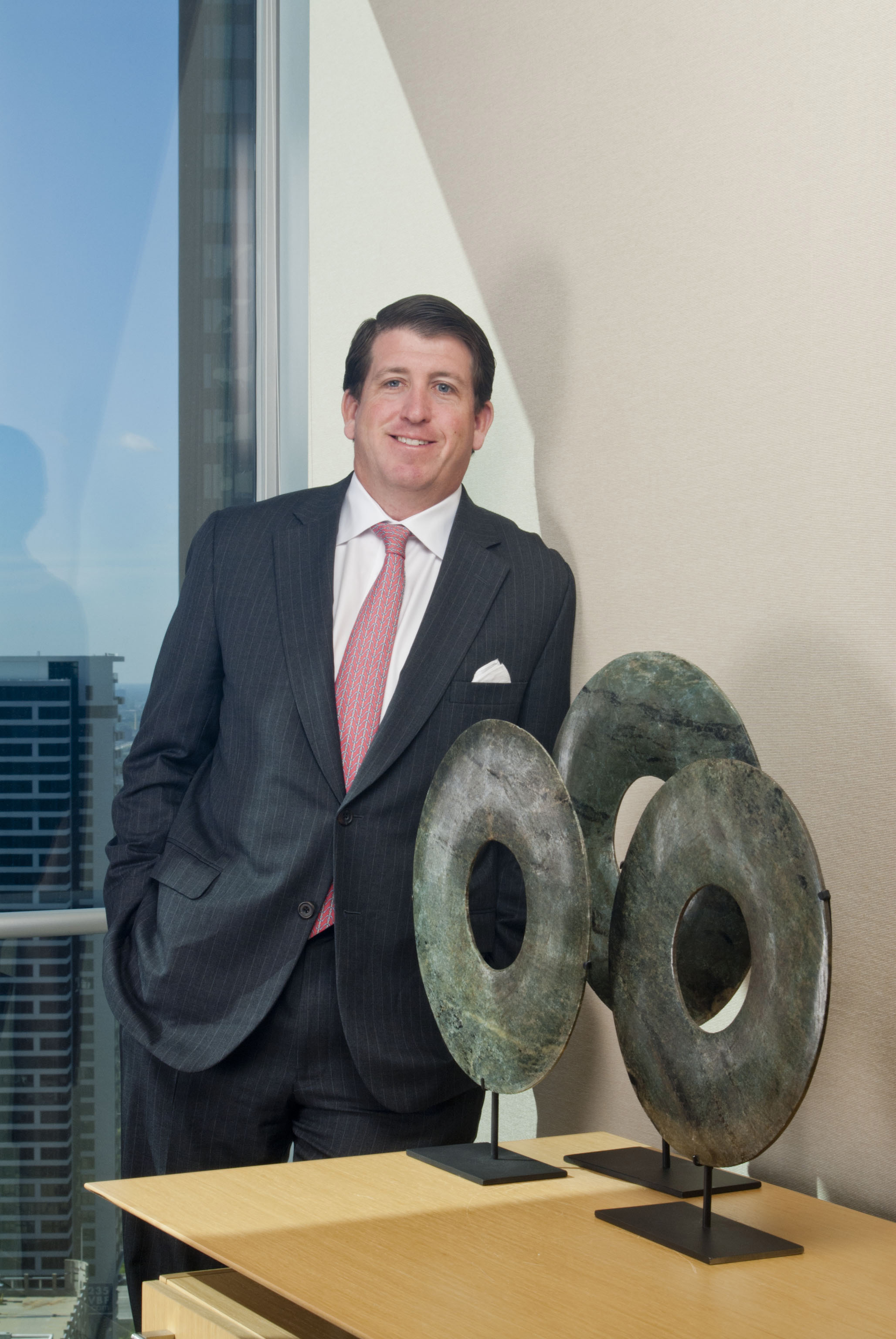
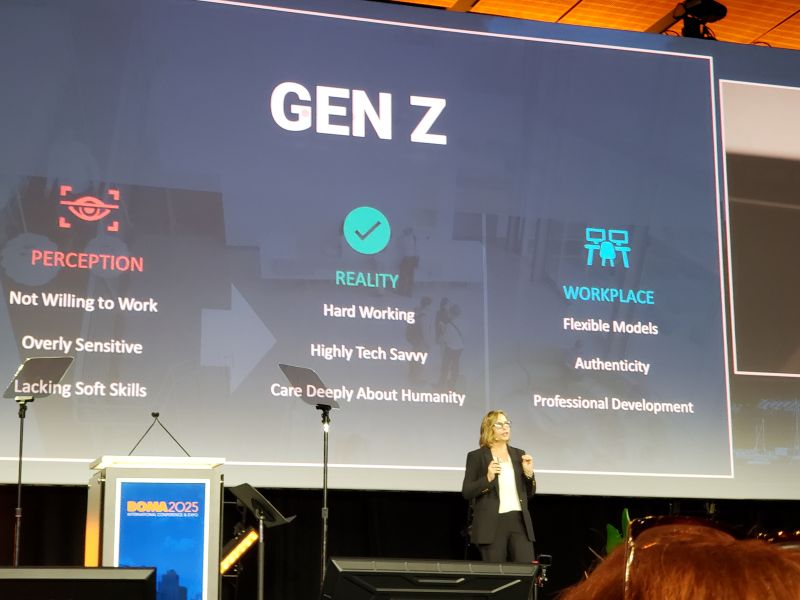
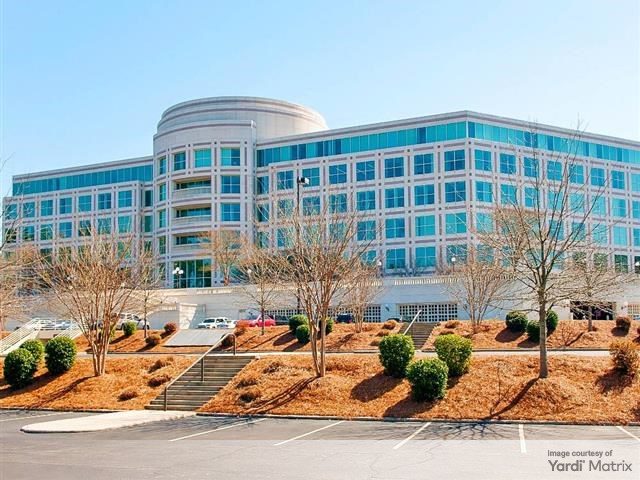

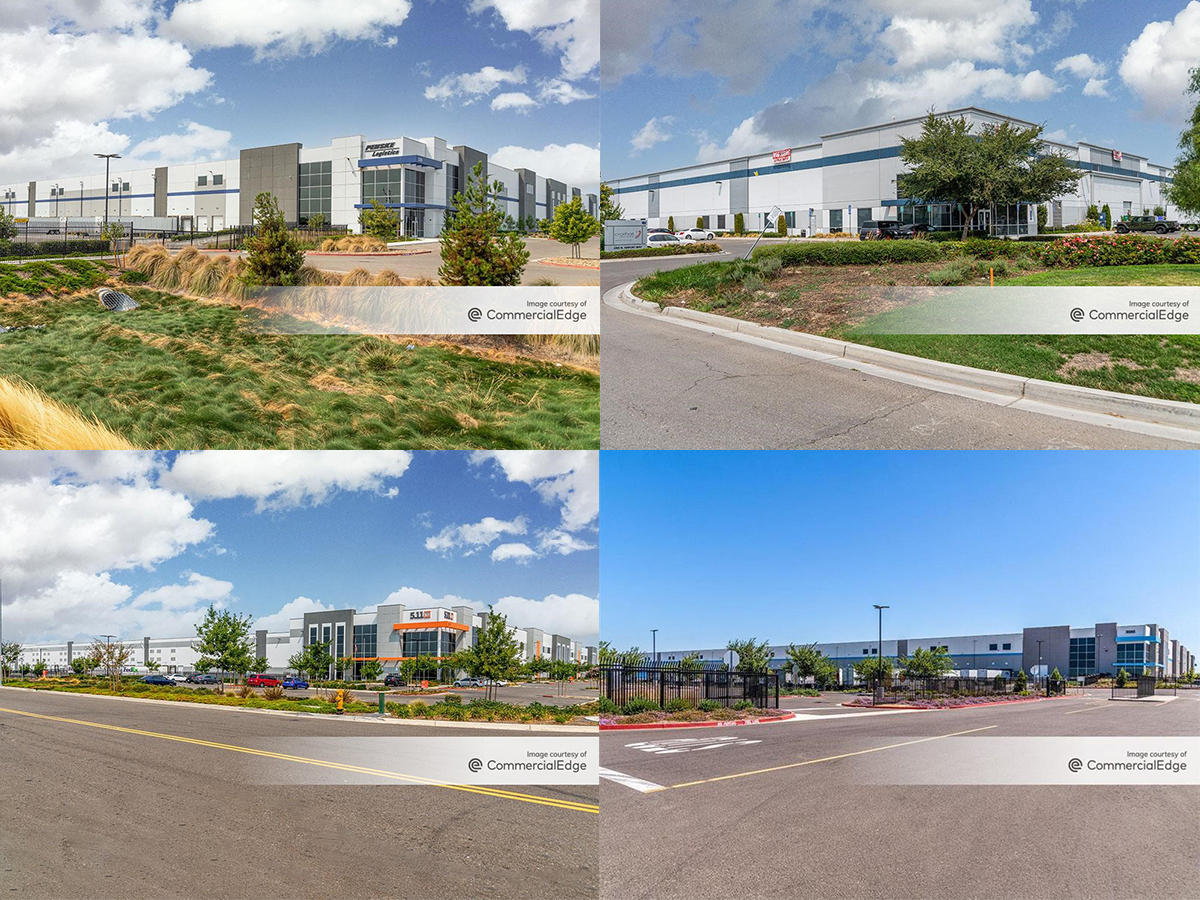
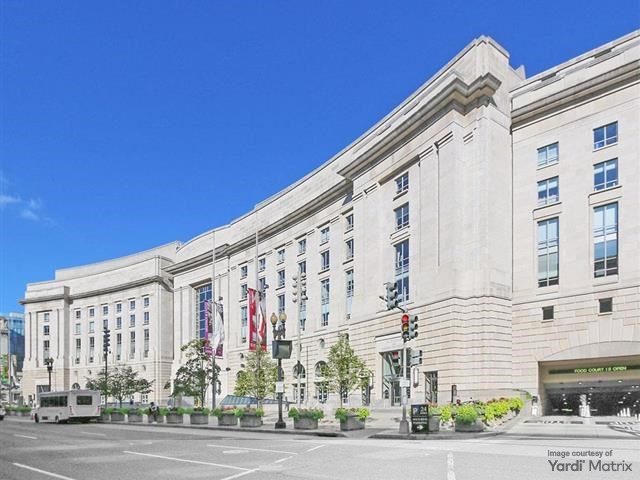
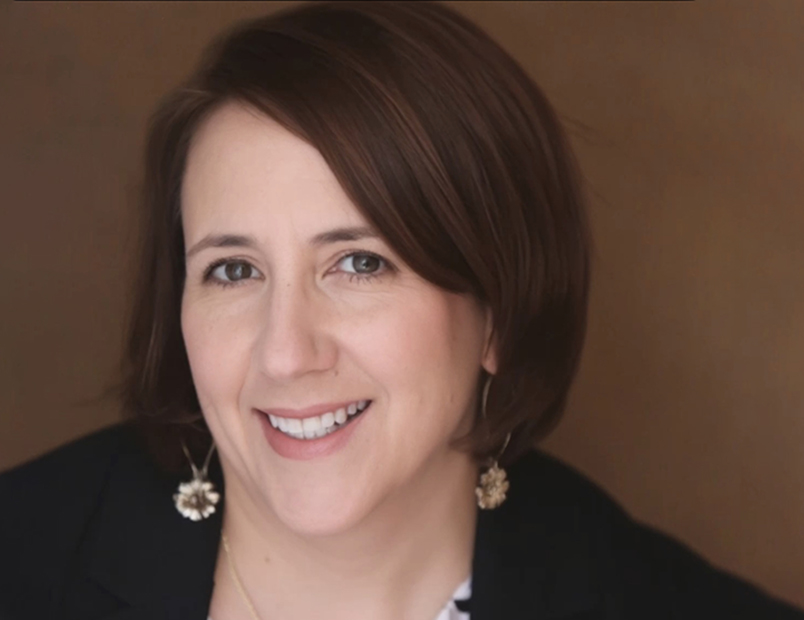
You must be logged in to post a comment.